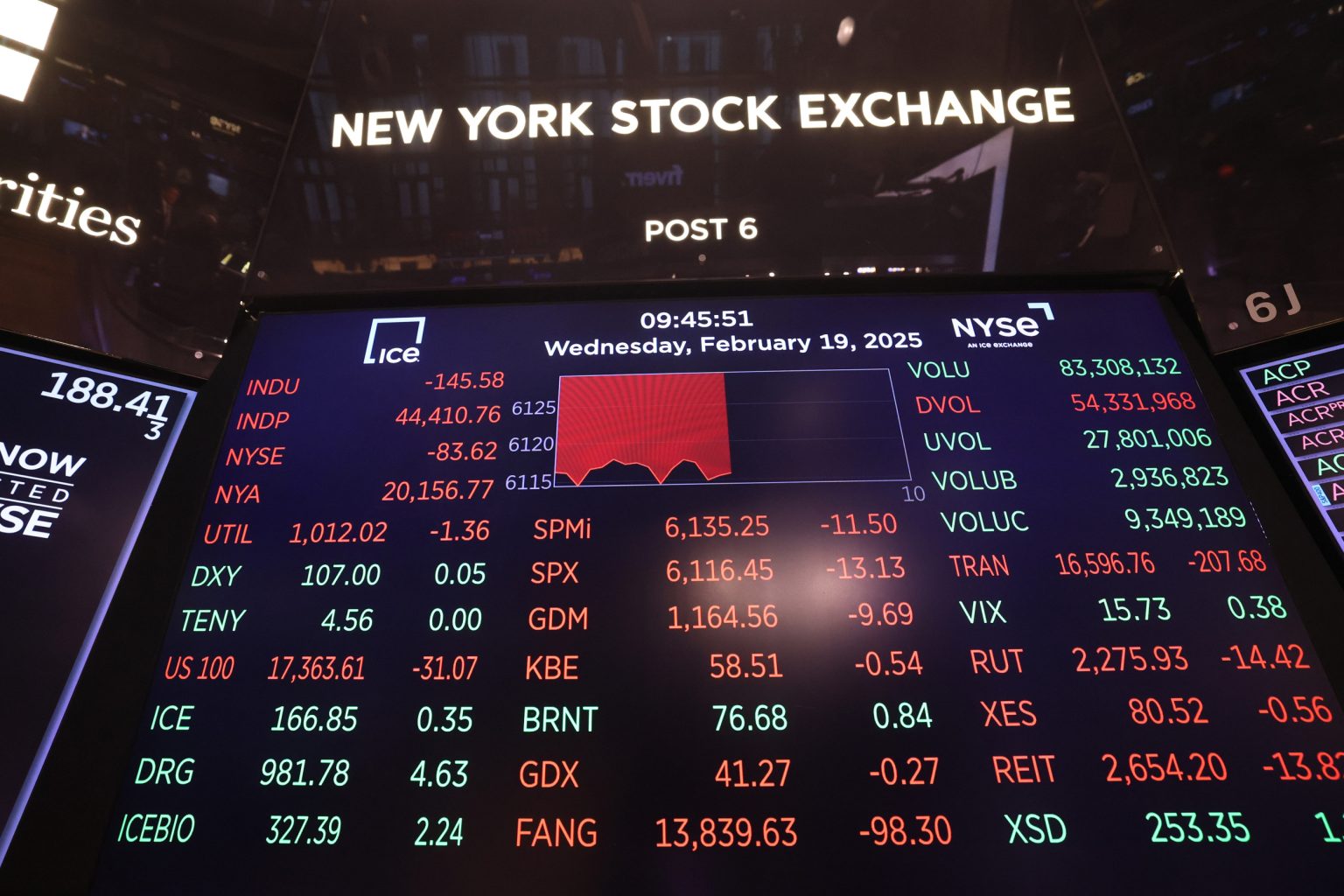The U.S. Financial Market: A Tale of Growth and Controversy Since Trumprules In
In recent months, the U.S. financial markets have been at the center of significant regulatory, policy, and economic discourse. Following the election of Donald Trump, the stock market hasbecome a hotbed of uncertainty, with investors watching closely as the country navigates aflatechression in Mammoth Glen. Despite growing concern about its economic future, the markets have shown renewed resilience, as evidenced by recent performance data. This analysis explores the drivers behind the U.S. markets’ recent trends, the factors that have contributed to their growth, and the potential pitfalls ahead.
The U.S. stock market has been a go-to benchmark for investors worldwide, with the stock markets in Europe sometimes lagging behind in performance. However, this does justice to the volatile and resilient environmentglobally, where investors remain cautious amid speculation about Trump’s impact on U.S. economic growth. As the trade war and related policies continue to unfold, the dynamics of global markets will likely shape the next shopping trip for investors.
The U.S. U.S. stock market has seen strong performance in recent months, driven in part by investor confidence. The S&P 500 index, one of the most widely followed financial indicators, has shown a steady rise of 2.5% over the past four weeks. Similarly, the Dow Jones Industrial Average and the Nasdaq Composite ( Doctor) have also demonstrated resilience, with gains of 2.2% and 2.6% respectively. The U.S. has become a dominant player in the global financial landscape, thanks in part to its superior economic performance and the strength of its tech sector.
However, this dominance is not without historical context. U.S. markets have historically outpaced those in other regions, particularly during periods of economic growth. This lies in part due to the United States’ superior strength in economic indicators such as GDP growth, job creation, and aggregate consumer spending. Additionally, the U.S. benefited from continued deregulation and tax cuts, which provided long-term economic stabilization. These factors have contributed to the U.S.’s strong performance, which hinders European markets.
As investors closely watch Trump’s administration, the broader economic conditions ponder over what to expect. The potential implications of his trade policies, especially the so-called " mingling goods," may pose a threat to U.S. markets. Despite these concerns, many向东欧投资者 remain uncertain about the country’s long-term recovery, putting pressure on the financial markets to either harness the market upside or remain cautious.
In summary, the U.S. markets have shown resilience despite challenging economic conditions. The strong performance is attributed to factors such as sustained economic growth, technological leadership, and continued efforts to stabilize币 and deregulate industries. However, the impact of Trump’s administration remains unpredictable, with concerns about regulatory reshaping and potential economic backlash poised to squeeze U.S. businesses.
What people are saying: Investors are constantly trying to navigate the complexities of this volatile market. Andrew Pease, a senior investment strategist at Russell Investment, notes that while Europe’s markets have seemed weaker in recent months, the U.S. has been "outperforming" in these moments, driven in part by its relative strength."
Wall Street is also turning cautious amid fears about Trump’s potential trade policies, particularly the tariffs and unfairly applied tariff rates. As global tensions rise, investors remain uncertain about which policies will have the most impact and whether they will subsequently erode confidence in the U.S. economy.
What to know: The U.S. markets offer a unique opportunity for investors, as they are the largest component of the global financial system. However, this also means significant risk, as market performance is highly sensitive to domestic and global factors.
What to do next: If you or a friend are investing in the U.S. markets following Trump’s leadership, there is always a chance to learn more or to feel safe knowing that the market ups and we’re all connected.
The U.S. markets continue to shape the financial landscape, with options for investors in the short term or long term, depending on their level of risk tolerance. As the United States gains greater exposure to risk, it’s important for all investors to remain informed and cautious.

